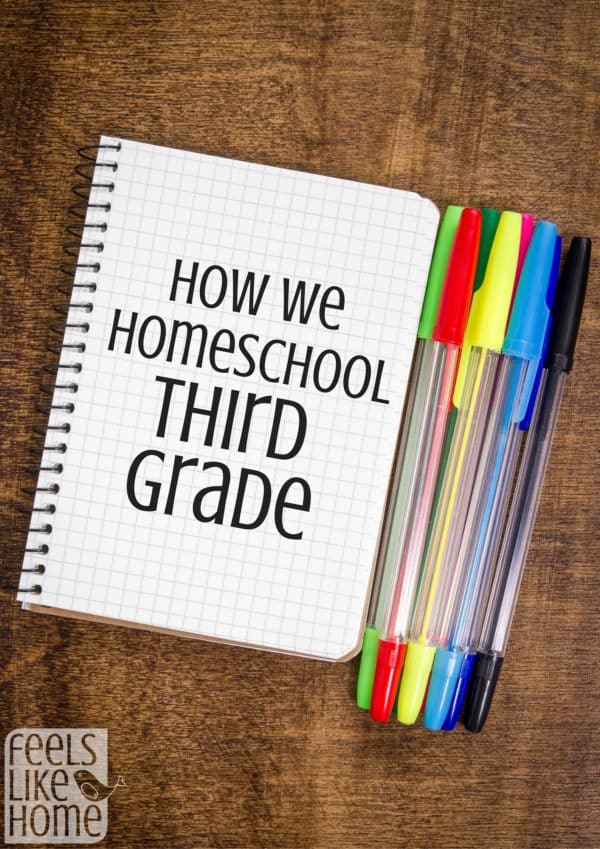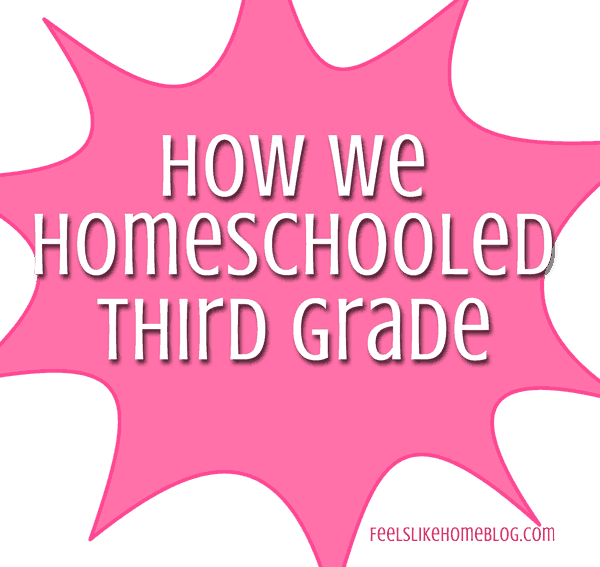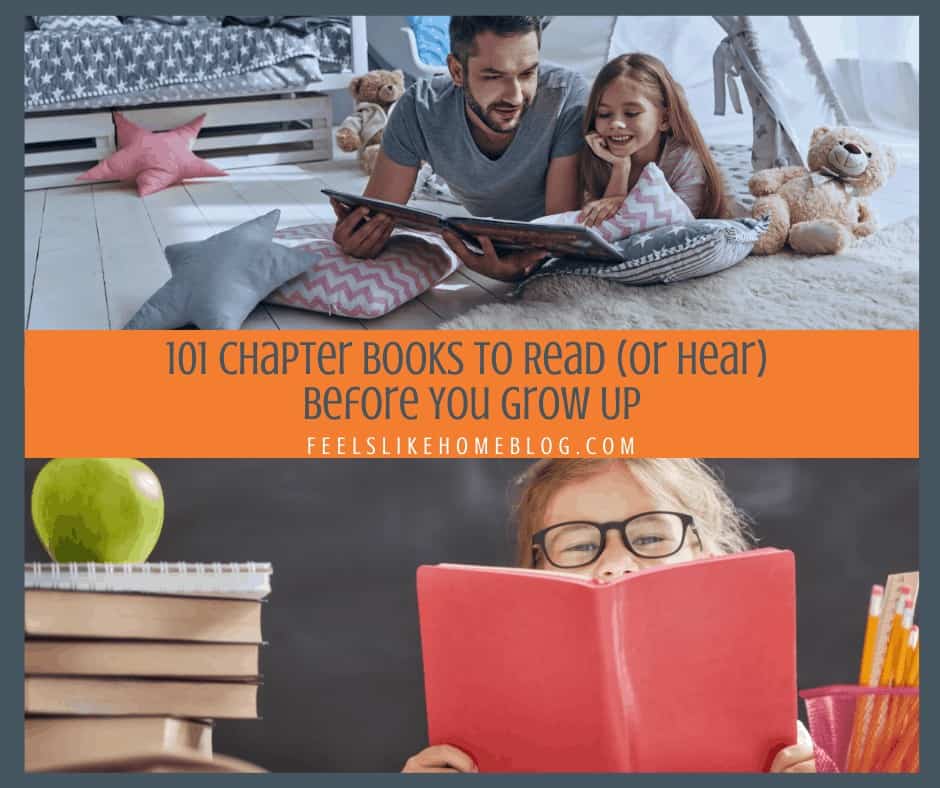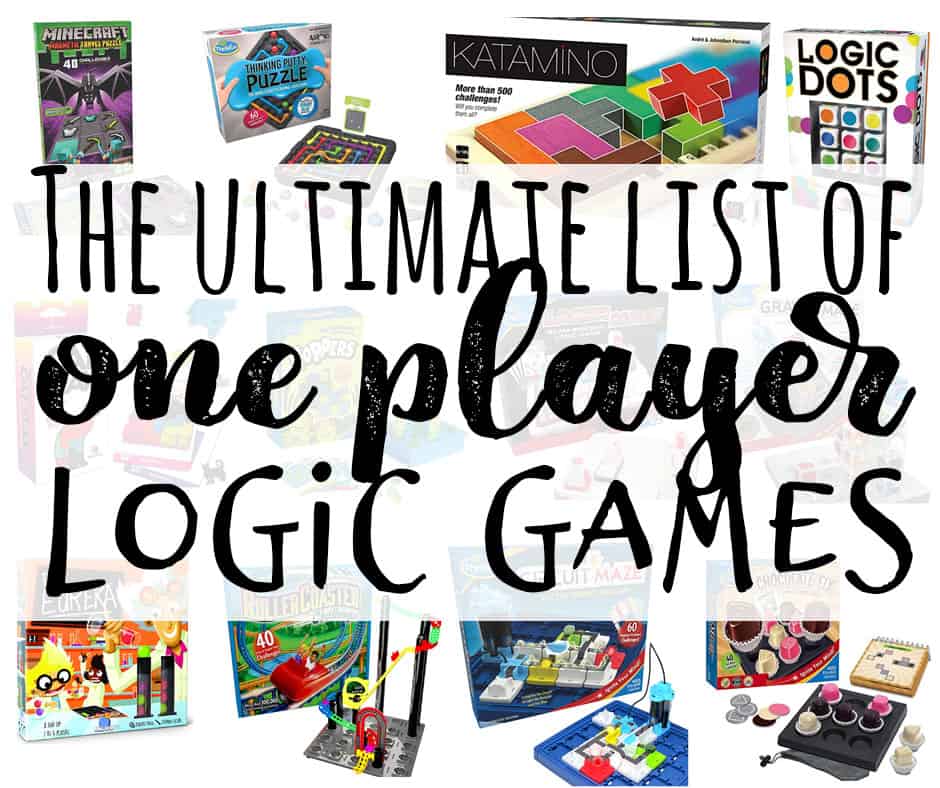
Last spring, we quit the cyber school. Grace hated the Calvert curriculum, she hated school time, she was grumpy, and I dreaded making her do work.
Nothing was working. All of the beauty of homeschool was dying dead because I was afraid of some record keeping.
One morning, I woke up to the fact that we were drowning in boxed curriculum, and I asked her if she wanted to quit.
"YES!" she said. "CAN WE QUIT TODAY?!"
So we did. We quit that day, and we have never looked back. Knowing what I know now, I wish we had quit in kindergarten. (Not because the school was bad; it wasn't. Just because we hated the Calvert curriculum from early on, and we could've had a lot more fun and a much better experience if we'd gone out on our own from the beginning.)
Then I found out that, in Pennsylvania, certified teachers who educate a single family's children in the home have very little record keeping to do! I was elated and even more regretful that I didn't take this road much sooner.
Nothing I can do about it now.
Now, we are about half a year into our own homeschool plan, and we are so very happy. We both love school. We look forward to learning. I mean, she looks forward to learning. I already know everything.
{ahem}
Grace was in third grade last year, but we quit partway through the year and never finished. Plus, she was 7 in third grade, a full year ahead. So I told her that she's in third grade again this year (though, when you create your own curriculum, who cares what grade you say you're in?). She wasn't happy with that at first, but she is okay with it now.
Here's what we're doing:
Our Third Grade Homeschool Curriculum
Reading - We still read a lot of books together. Right now, we're reading Dr. Doolittle and Understood Betsy (both recommended by the free Ambleside Online Charlotte Mason curriculum). Grace isn't super into either one, but I think her interest will pick up as the stories go along. She loves to read and does it all the time, often preferring things like National Geographic Kids and American Girl magazines to lengthier books.
Here are our favorite picture books (101 Picture Books to Read or Hear Before You Grow Up) and our favorite chapter books (101 Chapter Books to Read or Hear Before You Grow Up).
Phonics - I dropped phonics in third grade. I feel like Grace is reading really well, and she can sound out words on her own. So we aren't doing any kind of formal learn to read instruction.
Writing composition - This is one area in which I think we should improve. Although it is getting better, Grace still struggles with dysgraphia and has a lot of trouble writing her letters and numbers correctly. Since we quit the cyber school, she doesn't have occupational therapy every week, but she is still making decent progress. We use Rory's Story Cubes to take turns telling stories, working on the composition muscles she will need to write longer pieces someday soon.
Handwriting/copywork - As I have said before, I like a lot of Charlotte Mason's ideas about teaching and learning. One that I am particularly interested in is her use of copywork, having the child copy a short piece in her best handwriting. I have Grace do this once or twice a week, usually with something related to what we're working on. I've had her copy the pledge of allegiance, Bible verses, and passages from Dr. Doolittle. The passages are very short to accommodate her writing difficulties. I broke the pledge of allegiance into 2 parts, for example.
Spelling - Because she's not a phonetic reader (long story, ending with she didn't comprehend that way), spelling has been a challenge to Grace. I started her on Sequential Spelling this year at the recommendation of a friend. She found it too easy at first, but she is getting into a rhythm with it. She hates it, but she complies when I tell her she has to do it. There are spelling lists, but there is no memorizing. It's just about learning how letters work together to make words, a lot like Logic of English, but a little different.
French - I am still trying to teach Grace French and still doing it poorly. I bought Rosetta Stone for her, and she liked it at first, but it couldn't recognize her pronunciations, and she quit. In order to get her to use it, I have to sit with her. This isn't a bad thing, just not what I was expecting. I do like how Rosetta Stone is set up, all inductive learning and no English, so I am doing it with Grace to help her get more into it.
Bible - I still really love The Bible for All Ages. We started with the Beginner lessons when Grace was in preschool. Now she does the Intermediate Lessons.
Math -Â After last year's fiasco with multiplication tables (which she didn't and still hasn't mastered), Grace was burned out on math. There was no way I was getting her within a mile of another math textbook without a fight, so I went easy on math this year. We are using Life of Fred, which we absolutely adore and Simply Charlotte Mason Your Business Pet Store, which I like and Grace tolerates.
Life of Fred is the best math text ever. I know a lot of people use it as a supplement to another, more traditional math curriculum, but we use it on its own. It is a story of a 5-year-old math prodigy who is a professor at KITTENS University. He gets into all kinds of silly-dumb situations, and he always comes out ahead because he is super smart and uses his brains. It is not unusual for us to read through half of one of these books in a sitting because Grace is totally over the moon for them. Each chapter ends with a few math questions that cement the learning and illustrate the concepts, but there aren't row after row of practice problems. It's a great mix, and I'm really impressed with it.
Simply Charlotte Mason Your Business Pet Store is a kit wherein the child opens a pretend pet store, designing the logo, ordering inventory, and keeping the books. Grace loved it at first, but once she realized that real math was involved, she became less enthusiastic. Still, she gets excited about processing the orders and watching her profits grow. I think it is excellent because it shows kids a real-life use of math apart from any textbook at all.
Science, my true love of school subjects - I was a high school science teacher for ten years. I love science. Grace and Allie love science. We go on science field trips (zoo, planetarium, science museum, nature center...). We do science experiments. We read science books and watch science videos on YouTube.
Grace asked to study oceanography this year, so I picked up Apologia's Exploring Creation with Zoology 2: Swimming Creatures of the Fifth Day book and notebook last year. We like them a lot. I'm not crazy about how the recommended schedule flows, so we do our own plan there. (Shocker, right?) We read as long as Grace wants to, then we do some activities in the notebook, try out some science experiments, and read some more. It works.
I also picked up the Zoology 2 lab kit from Rainbow Resources last year. It was pricey - about $75, but it has saved my sanity over and over again. All the lab materials are packaged in labeled bags. When it's time to do a lab activity, we open the big box, find the appropriate bag, and begin. There are no trips to the store and no digging through the closets to find stuff. I LOVE that. If we do another zoology next year, I will get the box for that, too.
History - We love The Story of The World. We listen to the audio books in the car, and we are reading volume 1 together during school. We also like the activity guide. It is very thorough and includes much more stuff than we want to do, but I like that we can delve more into topics that interest Grace (which are not many unless they include science).
Here's how much Grace likes The Story of the World: Every time we get in the car, the first thing she says is, "Can we listen to The Story of the World?" and if I don't answer quickly enough, she repeats herself three or four times before I can turn it on. Allie isn't a fan, but she's only 5 and has lots of time to get into it later on.
Geography - We are using Roadtrip USA, which we both like. It is from a homeschooling mom, and it is really well put together. There are book activities and hands-on activities and extension activities.
Art - We are using Home Art Studio from Lindsay Volin and love it. We do a lot of process art at home, and that has its place, but I like how Ms. Volin teaches specific art skills, techniques, and vocabulary through her project-oriented class. Her classes are all on DVD with optional supply kits available on her website. I highly recommend this one.
Music - Grace takes piano lessons every week. Like many things on the list, she does not love piano lessons, but I make her do them anyway.
Physical Education - I have intended to use Family Time Fitness for years but have never got around to it. We were going to homeschool bowling on a regular basis, until Allie fell at the bowling alley and had to get stitches, and that put an end to her bowling days.
Interested in how we worked when we used Calvert curriculum from the cyber school?
Here's how we did second grade, first grade, kindergarten, and preschool (on our own, without the cyber school).







Robyn Wright of Robyns.World says
Love your plans! Taylor did not do well with printing/writing (still pretty sloppy as an adult) but one way we did things was also copywork. I would find tutorials and FAQ's for Runescape and some of his other favorite video games and other hobbies and use those for copywork. He enjoyed that he was learning things at the same time.
Also - we still have a student microscope here I think. Let me know if you all need one.
Tara Ziegmont says
We would love a microscope!
Robyn Wright of Robyns.World says
It's an LW Scientific #0362
Tara Ziegmont says
What do you want for it? Send me a FB message and we'll work out the details.
Ashley Wright says
Thanks for sharing such a wonderful blog, I was looking for 3rd Grade curriculum and found out this blog and will definitely help me.
Thanks Tara
Annette says
Thanks so much for sharing ! I really needed this !